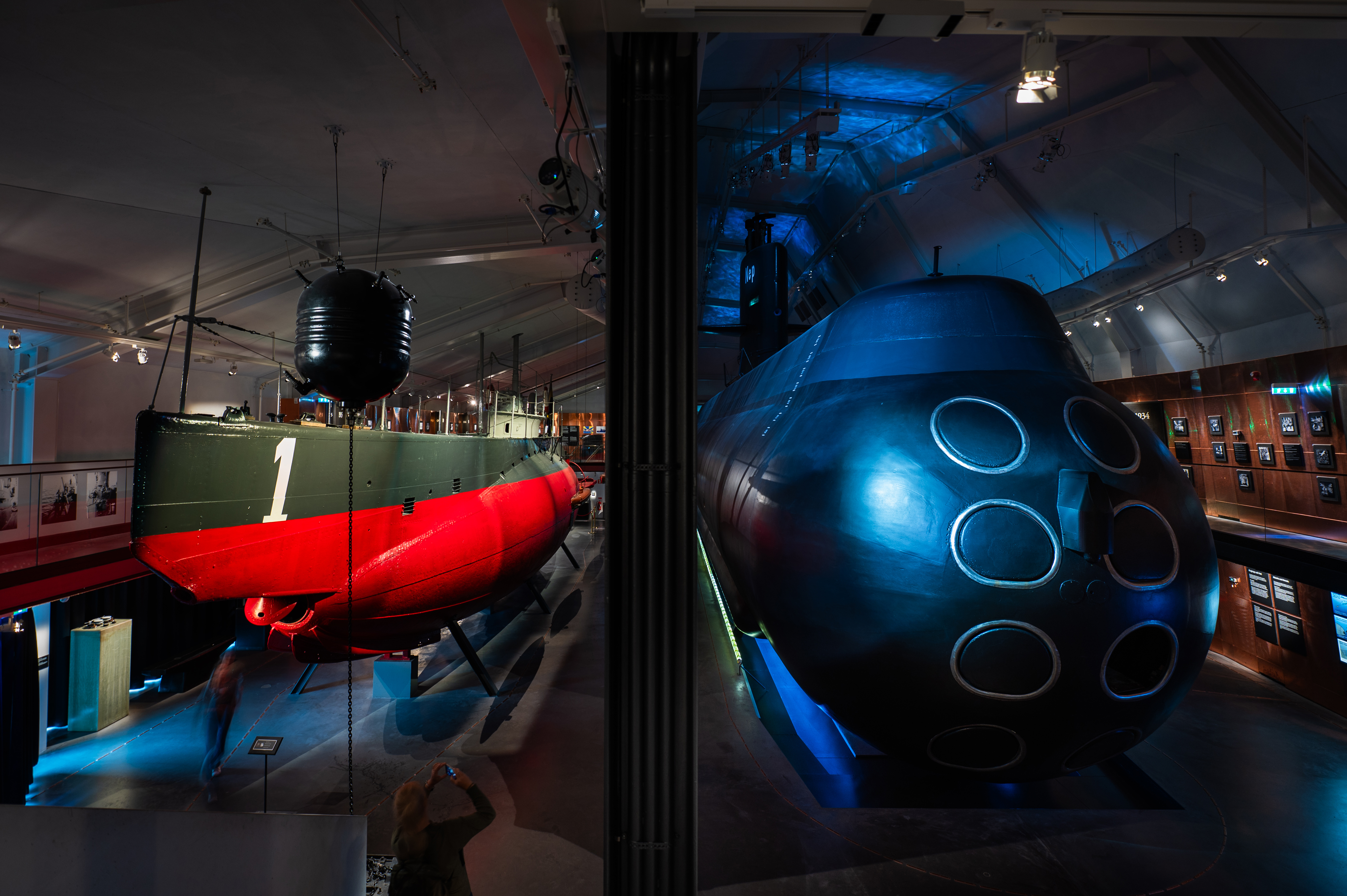
The Submarine Hall
Experience 110 years of submarine history through the submarines Neptun and Hajen.
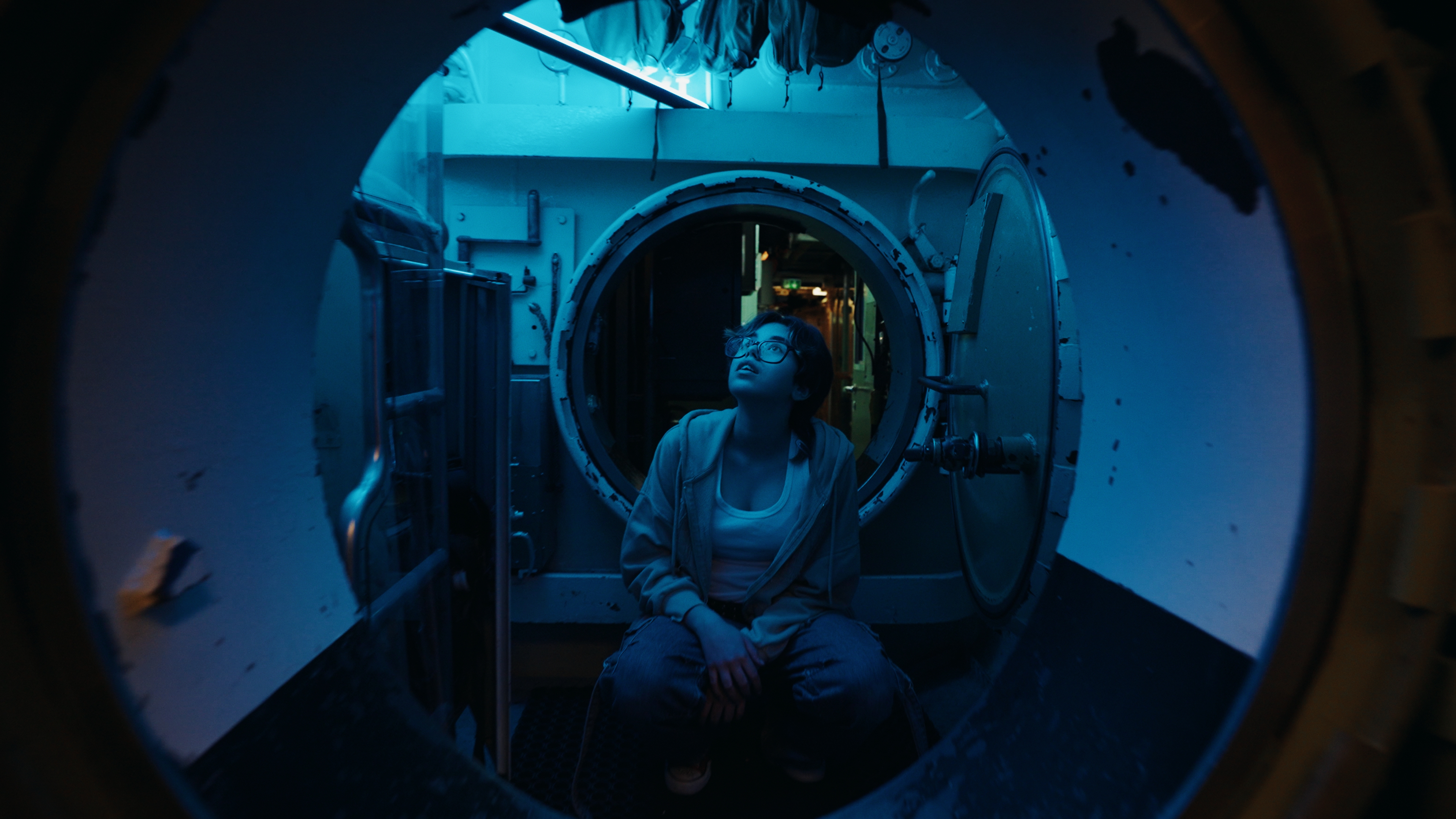
The Naval Museum's exhibitions tell the story of the history of the Swedish naval defense. About the past, present and future.
Travel back to the year 1522, when Gustav Vasa founded the Swedish Navy. Experience the early years of the naval city of Karlskrona, see a shipwreck from 1684, and explore the magnificent Figurehead Hall with its world-unique collection of figureheads. You can also visit the Submarine Hall, where you’ll find Sweden’s first submarine and step aboard HMS Neptun.
| Important Information! The Shipwreck Tunnel is closed until further notice due to maintenance work. |

Experience 110 years of submarine history through the submarines Neptun and Hajen.

Discover 500 years of Swedish naval history.
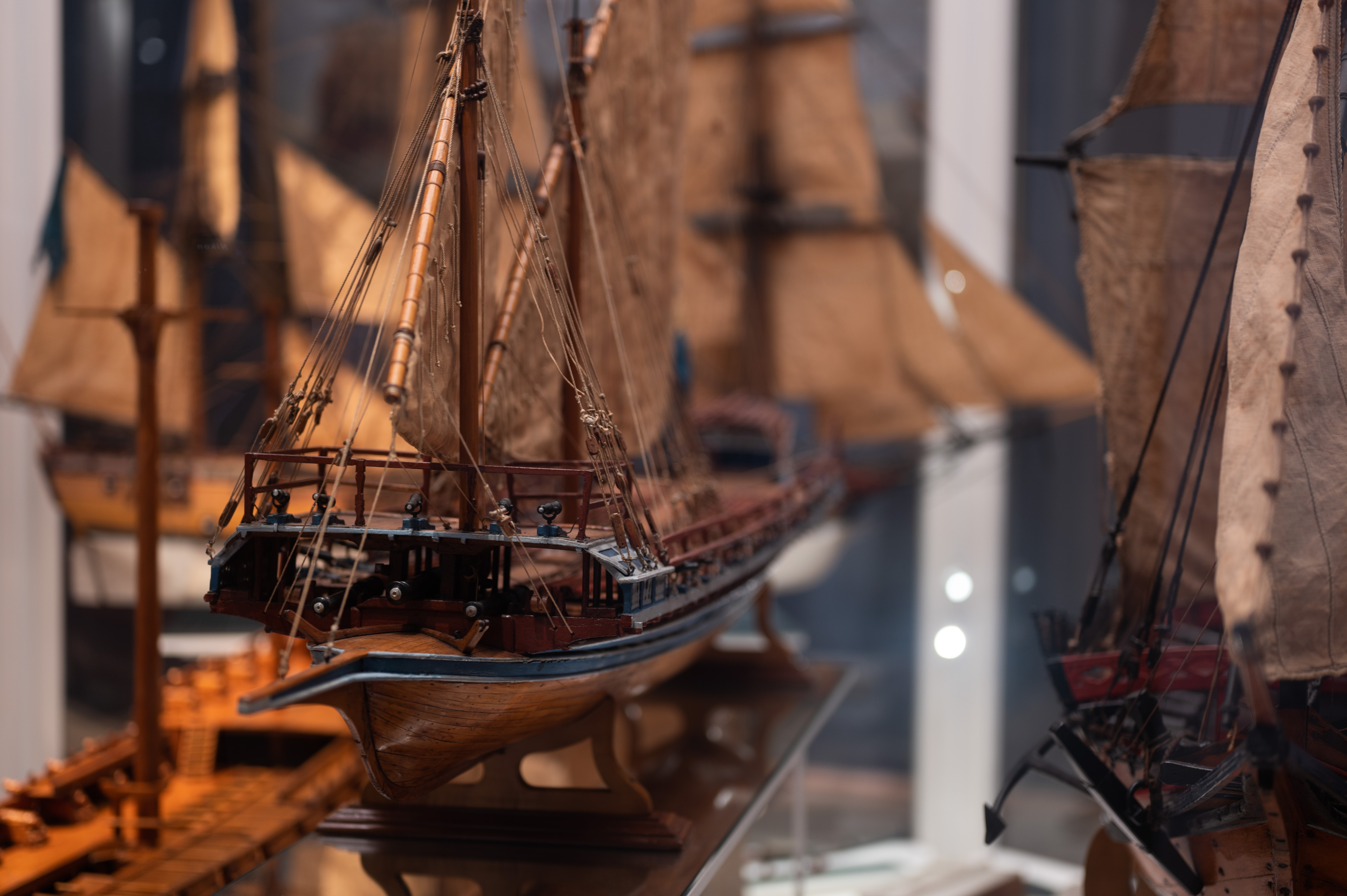
See ship models and constructions from the Navy’s 18th-century expansion.

Follow the journey from oak to ship in World Heritage Karlskrona.
See a real shipwreck from 1684 on the bottom of the Baltic Sea.
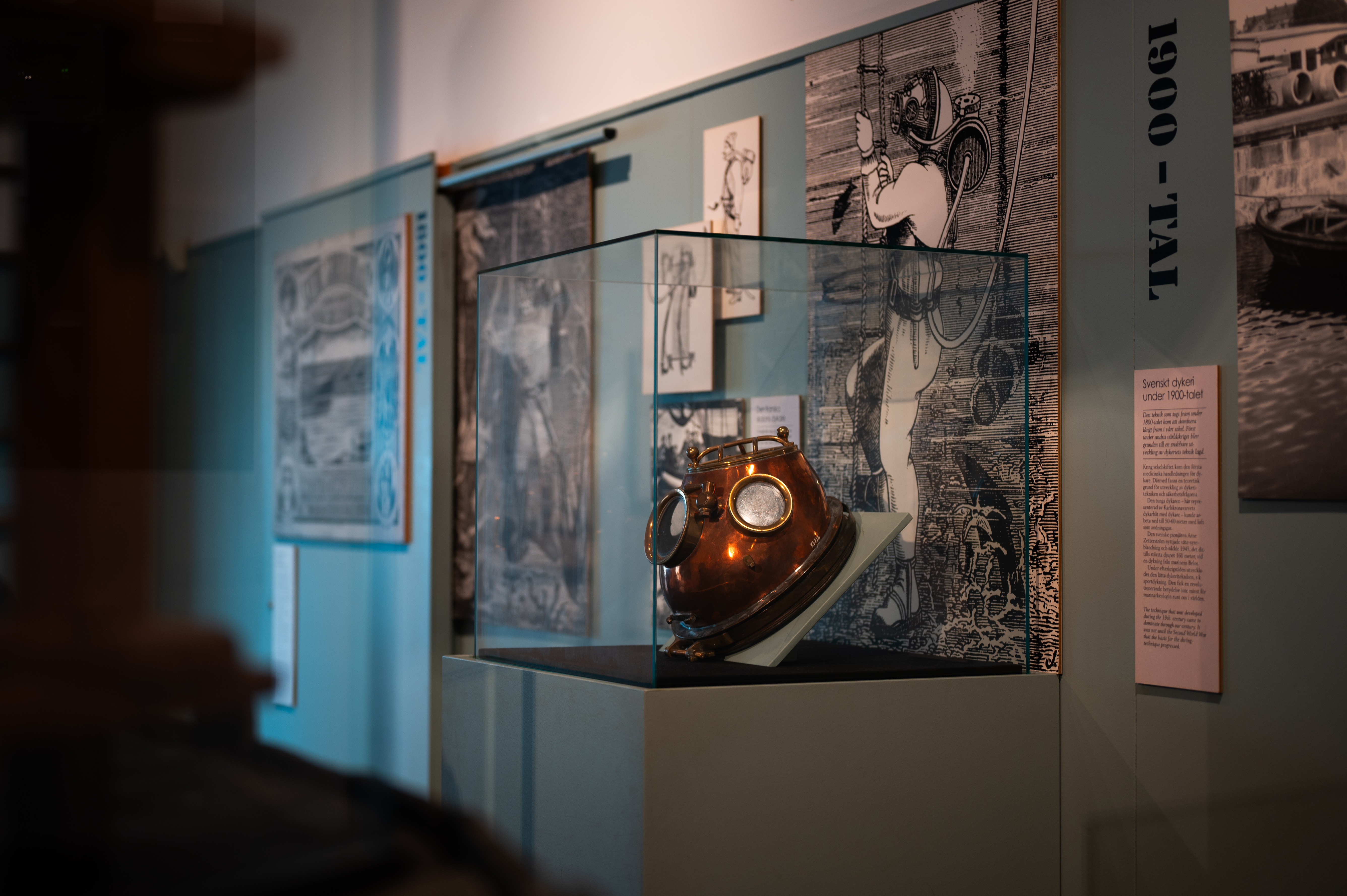
Discover the history of diving from the 1500s to today.
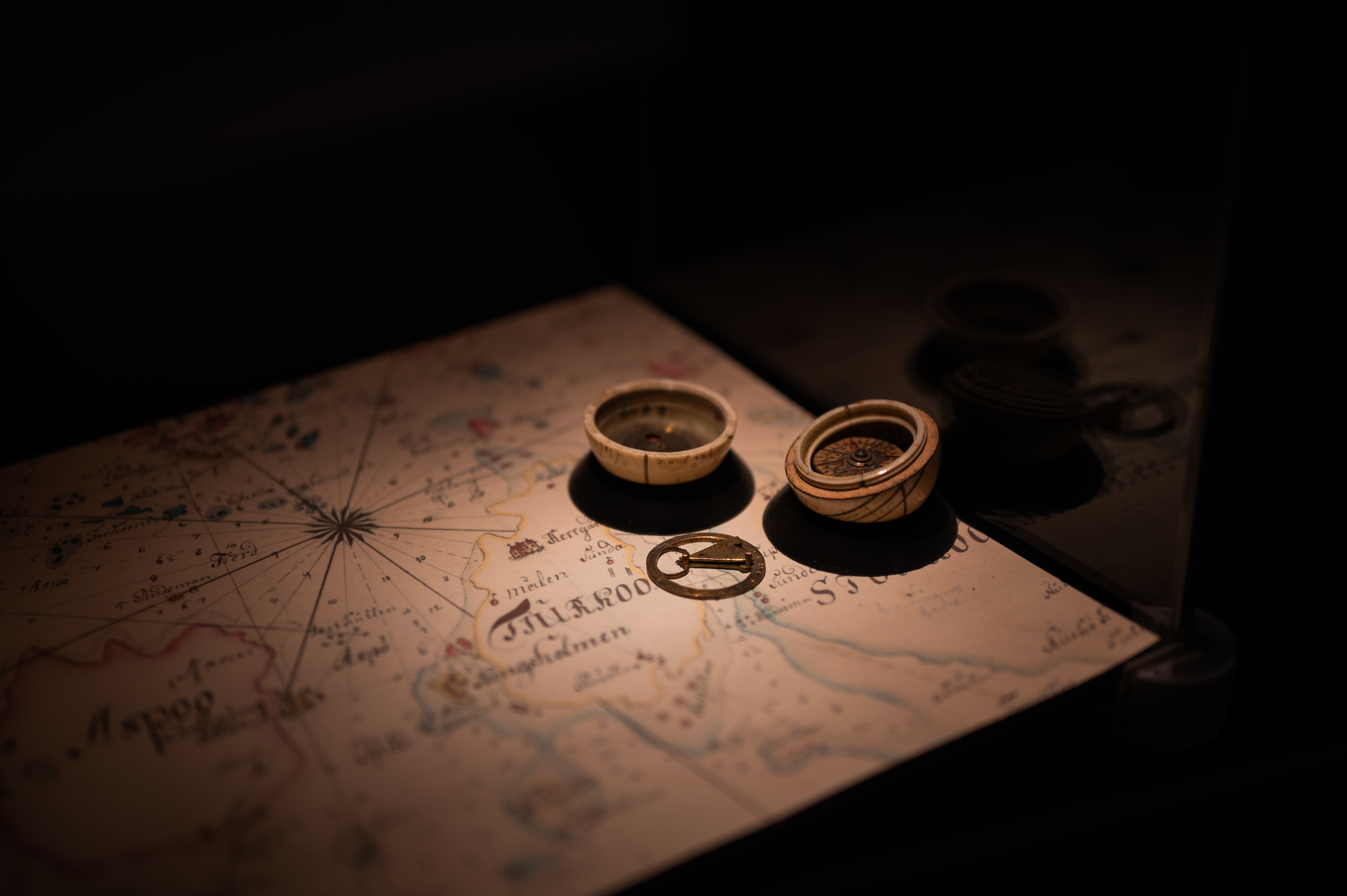
Explore the history of navigation and the art of seafaring through the centuries.
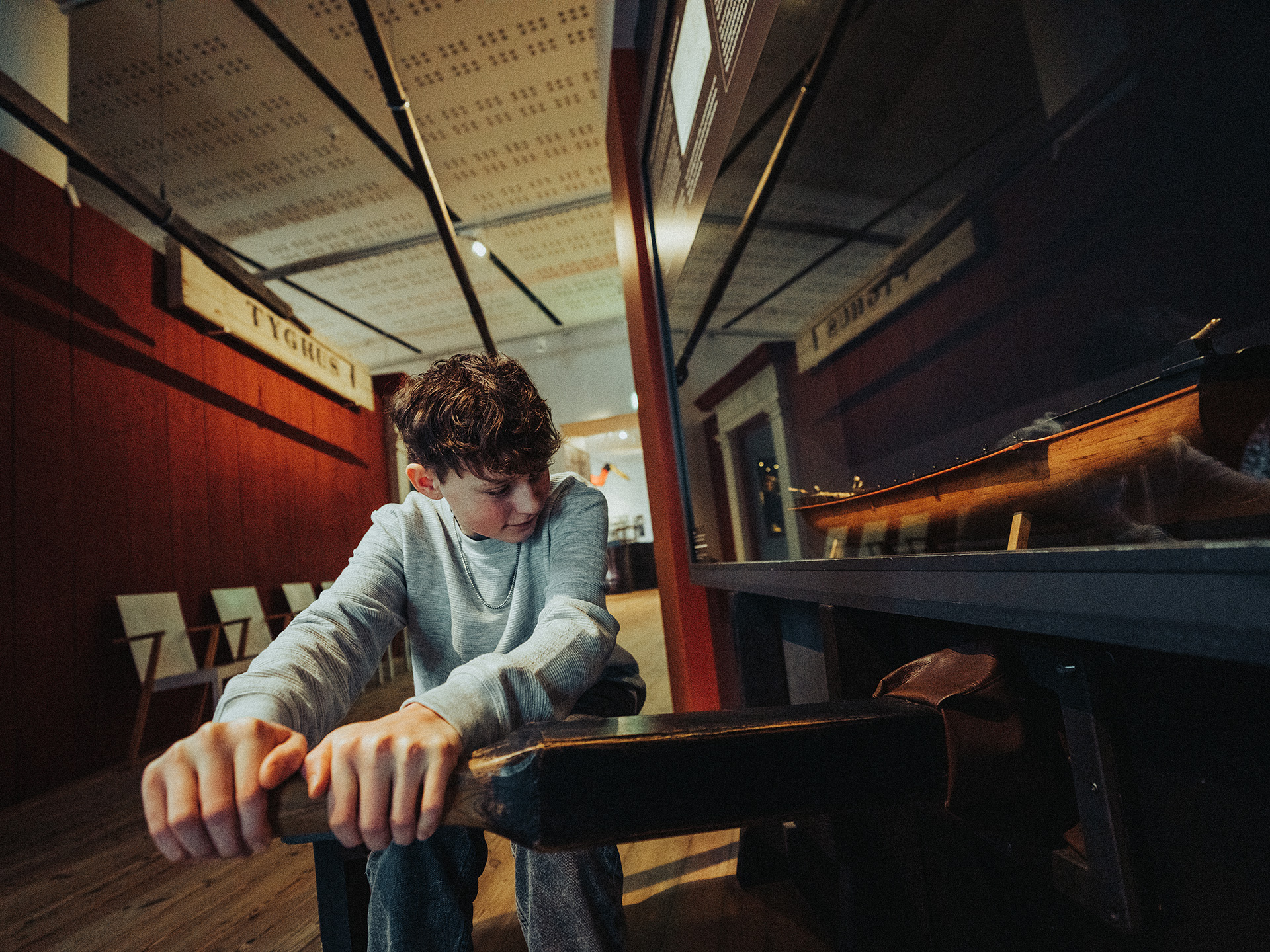
Learn more about the Great Power era’s struggle for control of the Baltic Sea.
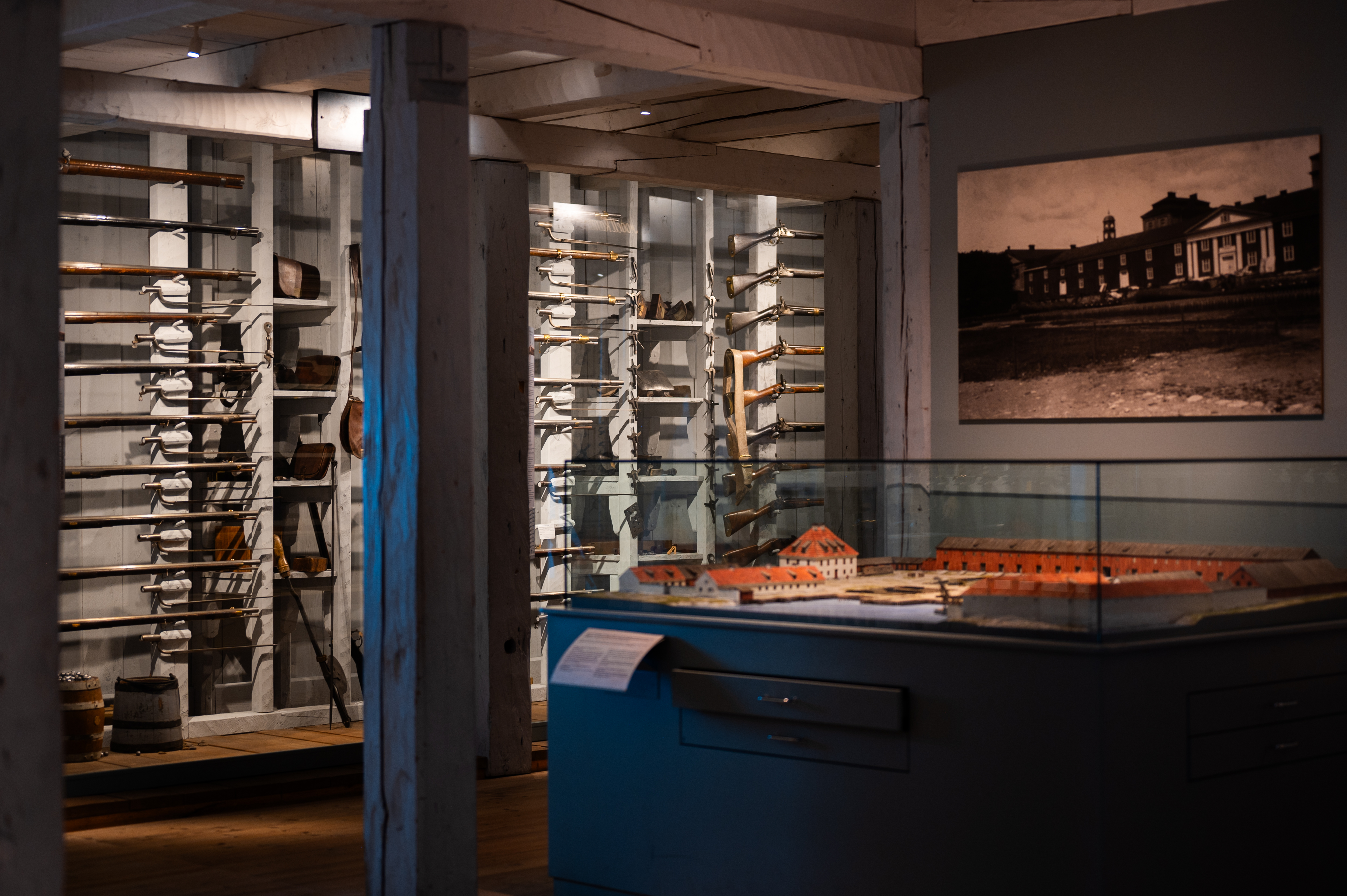
The Armoury was used for storing and handling the Navy’s weapons.
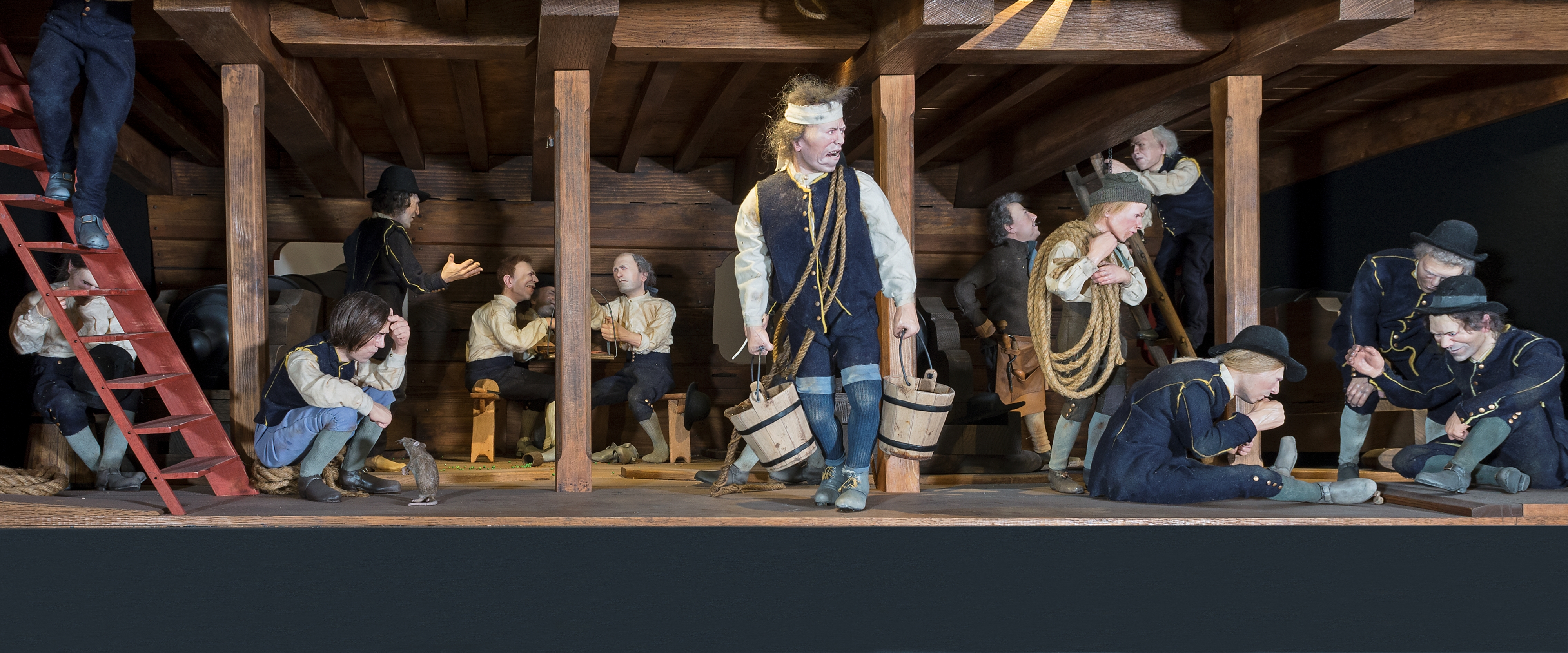
About life for the crew aboard a warship.
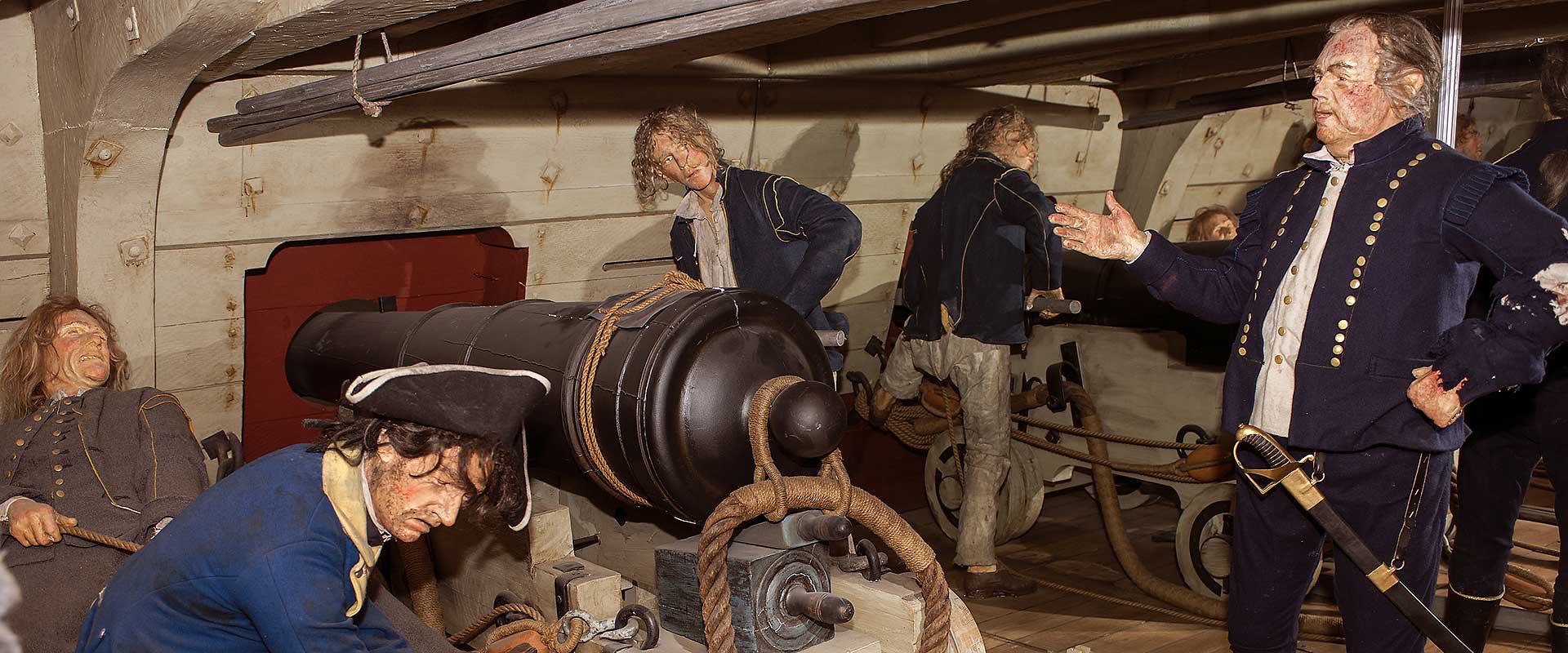
Experience life aboard Dristigheten during the breakout from the Gulf of Finland in 1790.
Discover a unique collection of figureheads from the wars with Russia from 1788 to 1790.
Continue your journey upstairs and follow the Navy’s development from sail to steam. Discover stories from the First and Second World Wars, submarine hunts in the archipelago, and the Cold War’s drama between East and West. Experience an era of technological progress, courage, and tension at sea.

Military service evokes memories of both discipline and camaraderie.

Technological advances in the 19th century ended the era of sailing fleets.
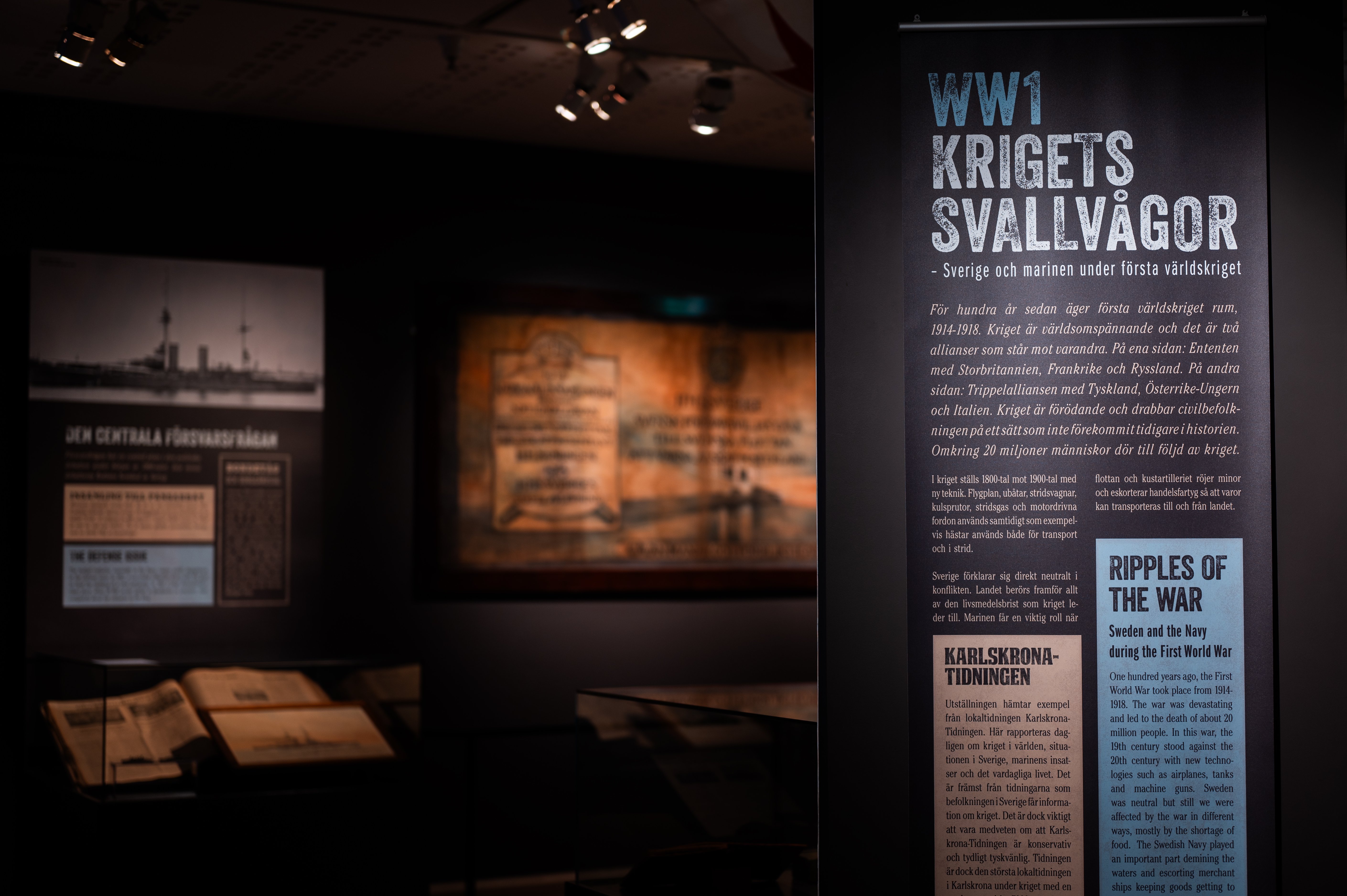
Waves of War depicts Sweden and the Navy during World War I.
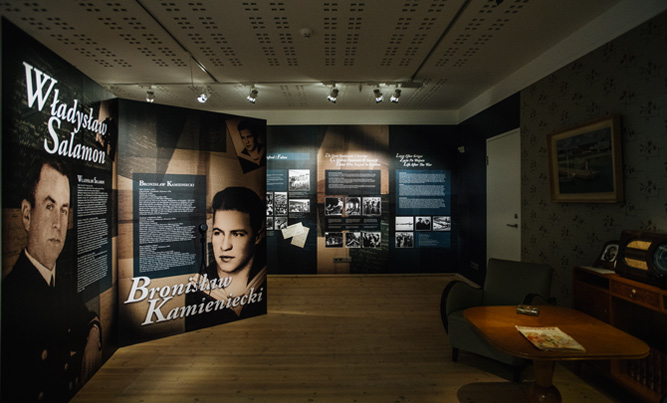
At the start of World War II, three damaged Polish submarines arrived in Sweden.
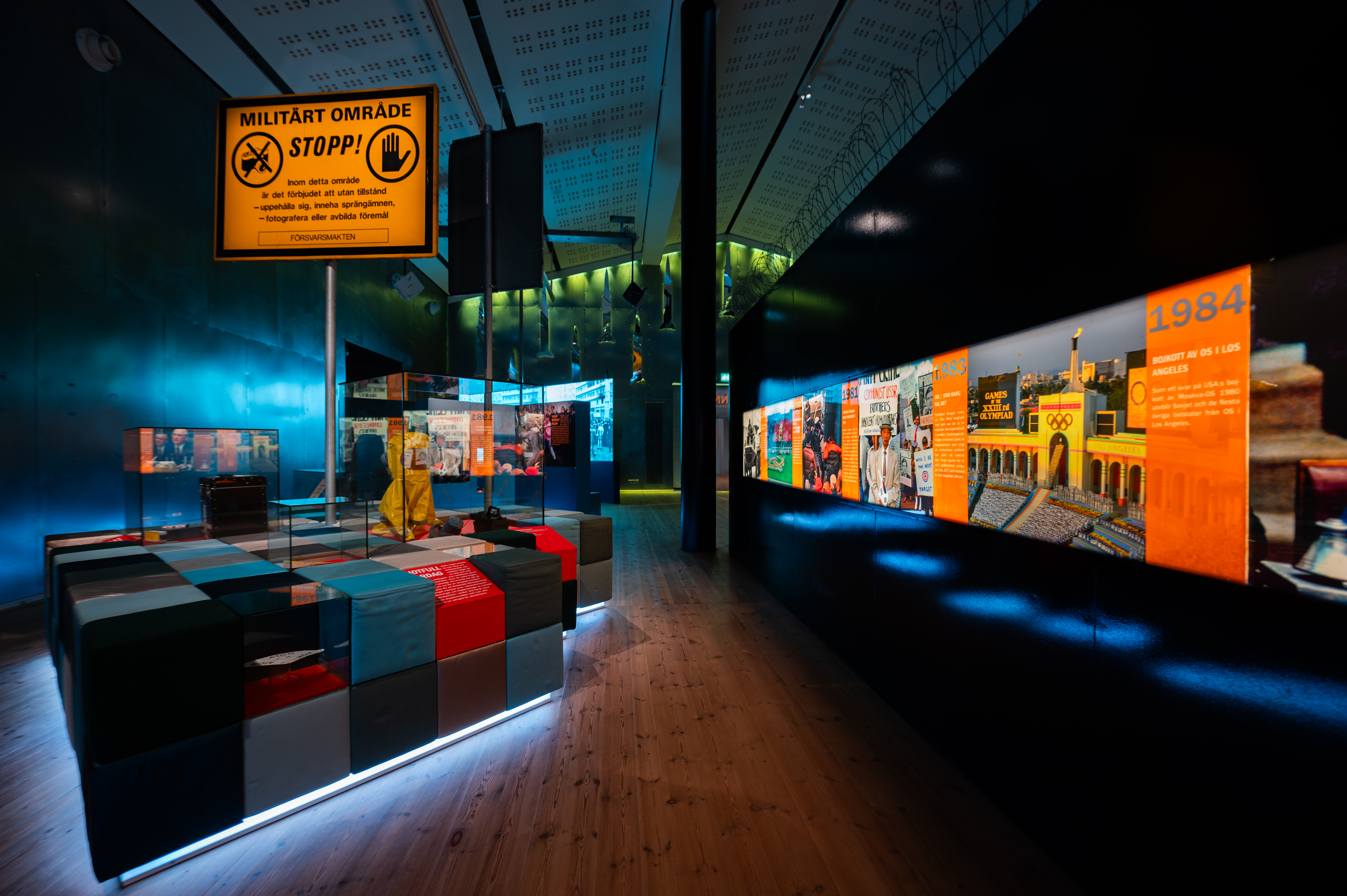
Experience submarine hunts and power struggles during the Cold War.

A flexible and creative space for temporary exhibitions and activities.
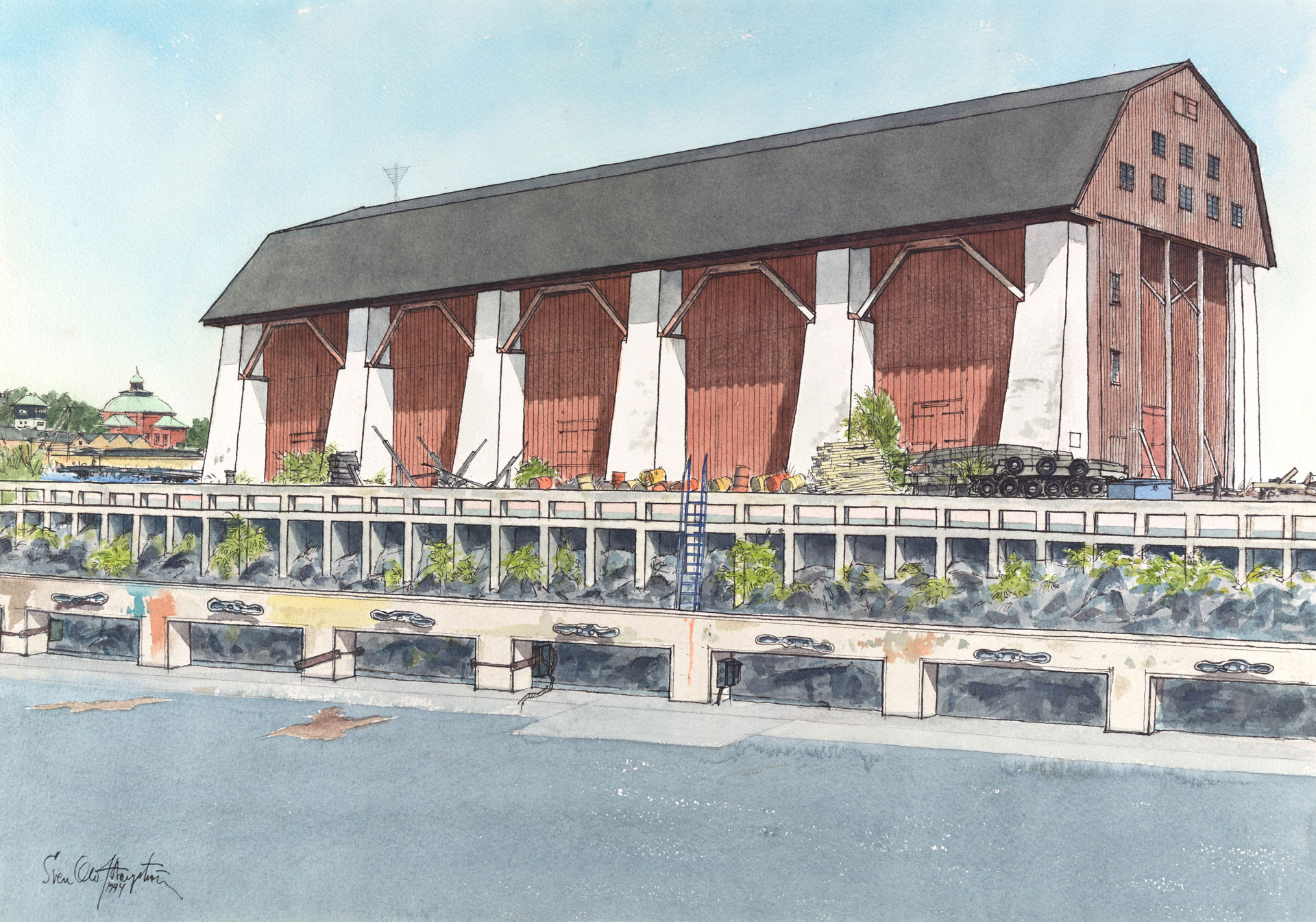
Discover Karlskrona’s architecture in Sven-Olof Bergström’s watercolours.
Outside Marinmuseum, more experiences await along the quay. During summer, you can visit the Boathouse for launches and barges to see historic vessels, or step aboard the museum ships Jarramas, Västervik, and Bremön to experience life at sea.
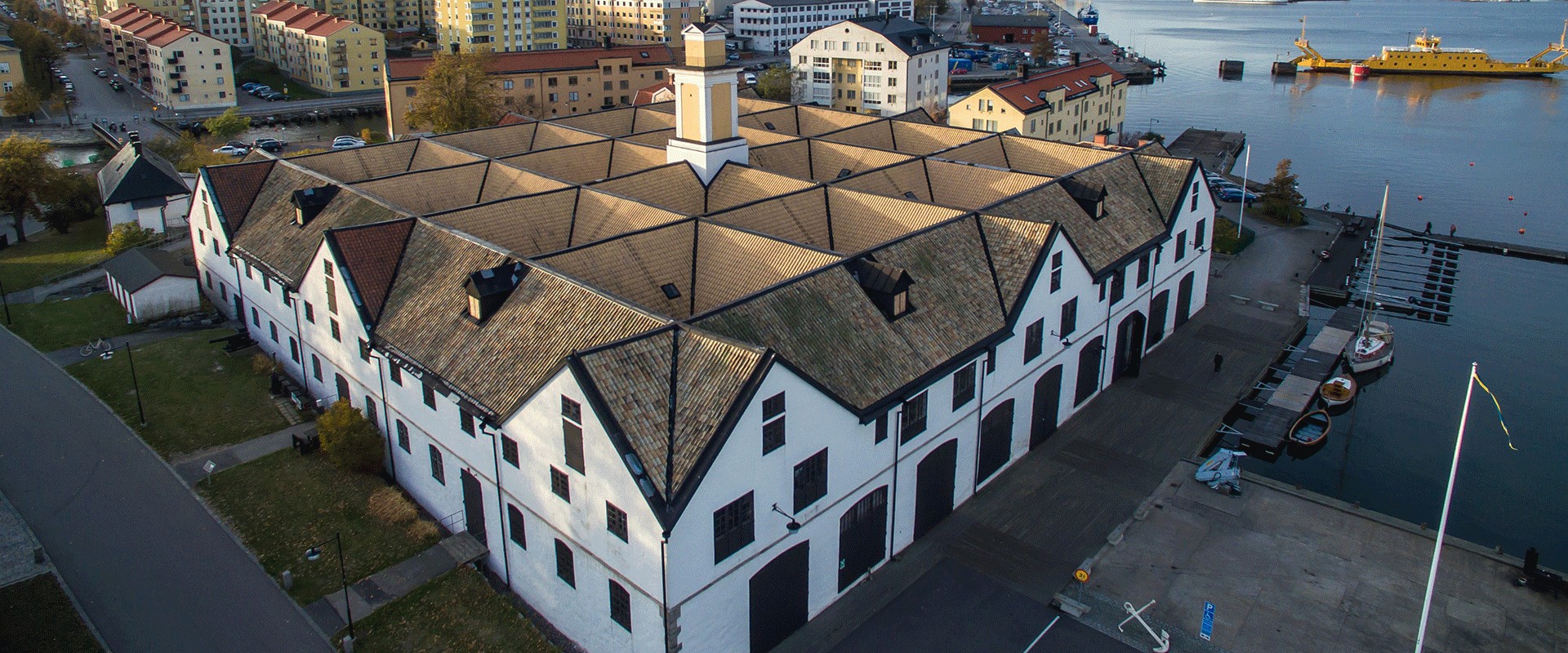
See the Navy’s smaller boats in the 18th-century.

Historic ships and boats moor outside the museum.
Here you’ll find some practical information to help you prepare for your visit.
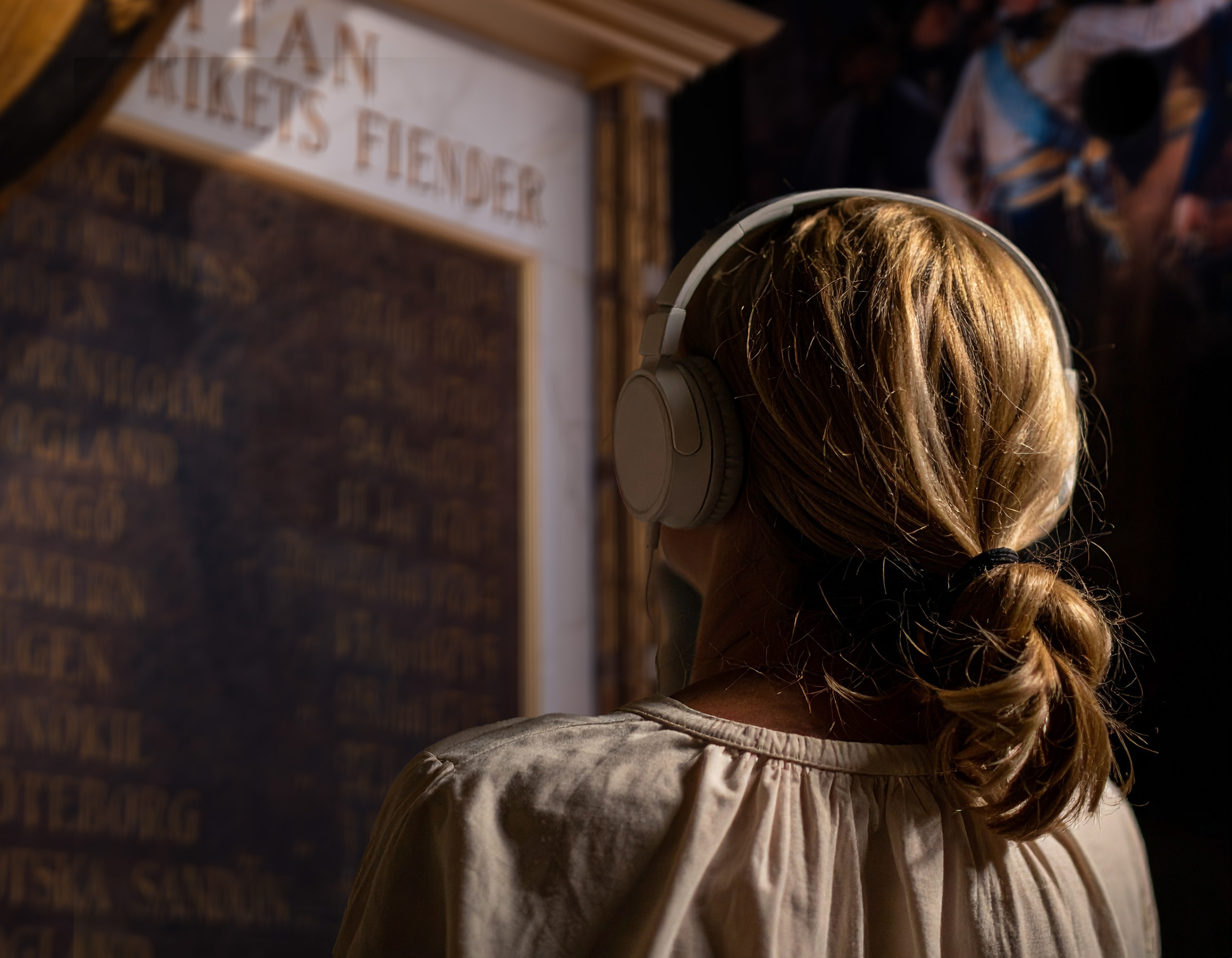
Listen to the museum's audio guide for free on your mobile or tablet.